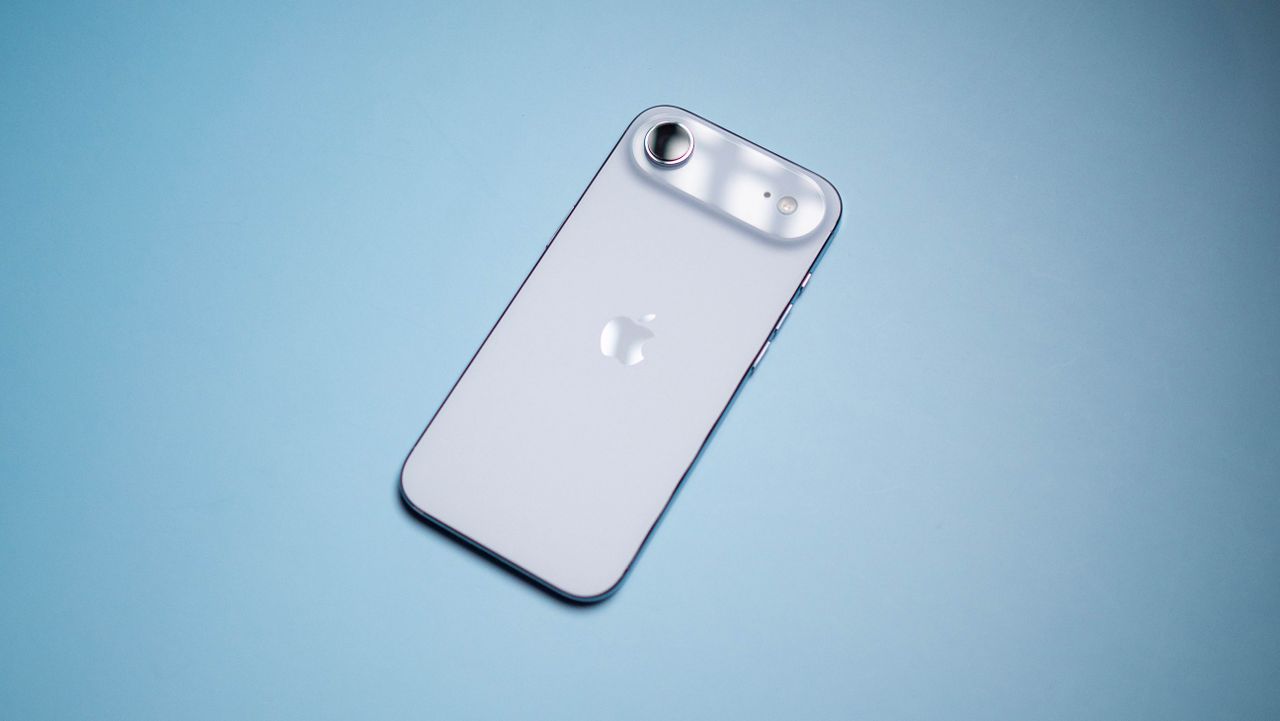
Enjoy our content? Make sure to set Android Central as a preferred source in Google Search so you can stay up-to-date on the latest news, reviews, features, and more.
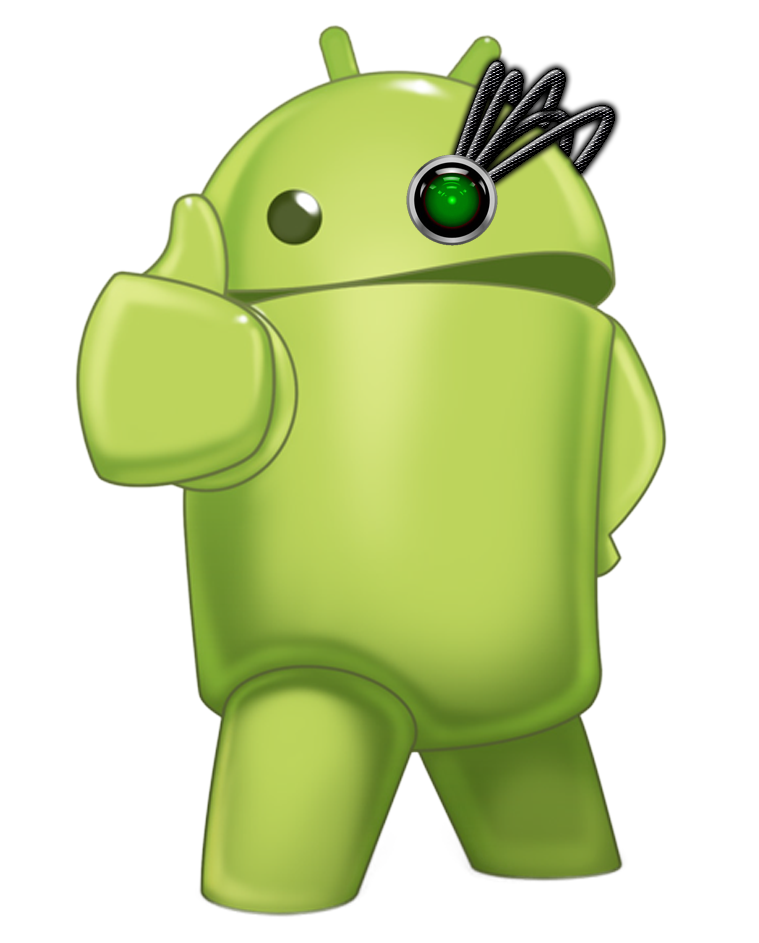
In Hardwired, AC Senior Editor Harish Jonnalagadda delves into all things hardware, including phones, audio products, storage servers, and networking gear.
My first iPhone was the 3GS; I used it throughout college, and it was incredible. Coming from a Motorola Razr, it was novel to use a phone with a 3.5-inch touchscreen and a built-in app store. Following the 3GS, I switched over to Android (I got the Nexus 4), but I started using iPhones again a few years later — as my secondary phone — starting with the iPhone 6 Plus.
These days, I get to use every mainstream phone that launches globally (and a few that don't). Over 80 phones cross my desk in any given year, and I got to use the likes of the Huawei Mate XT, Vivo X200 Ultra, Xiaomi 15 Ultra, Galaxy Z Fold 7, iPhone 17 Pro, and the Pixel 10 Pro XL this year.
Out of all those devices, it's the iPhone Air that stood out the most. It isn't the most innovative phone I used — that honor goes to the tri-folding Mate XT — but the ultra-sleek design of the Air is just plain cool. Photos don't really do this thing justice; you'll need to hold it in your hand to understand just how thin and light it is.
You'll need to hold it to believe it
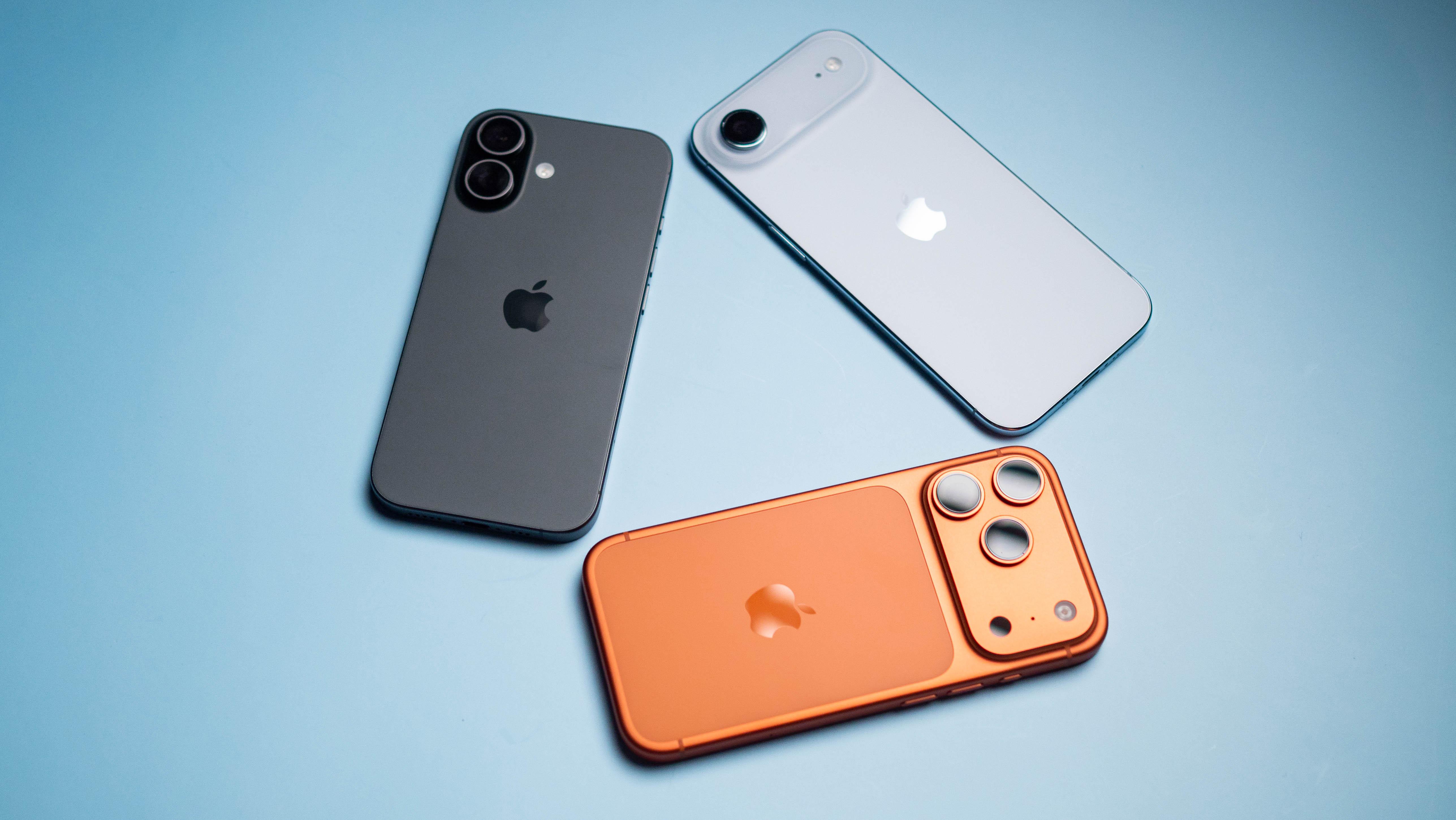
I've had the iPhone Air for ten days now, and it's become one of my favorite phones of 2025. In fact, I don't think there was any other iPhone in the last 15 years that evoked such strong feelings. The iPhone Air isn't unique in being an ultra-thin device — Samsung's Galaxy S25 Edge also catering to a similar niche. But the iPhone Air is even thinner, and it just feels better to hold and use.
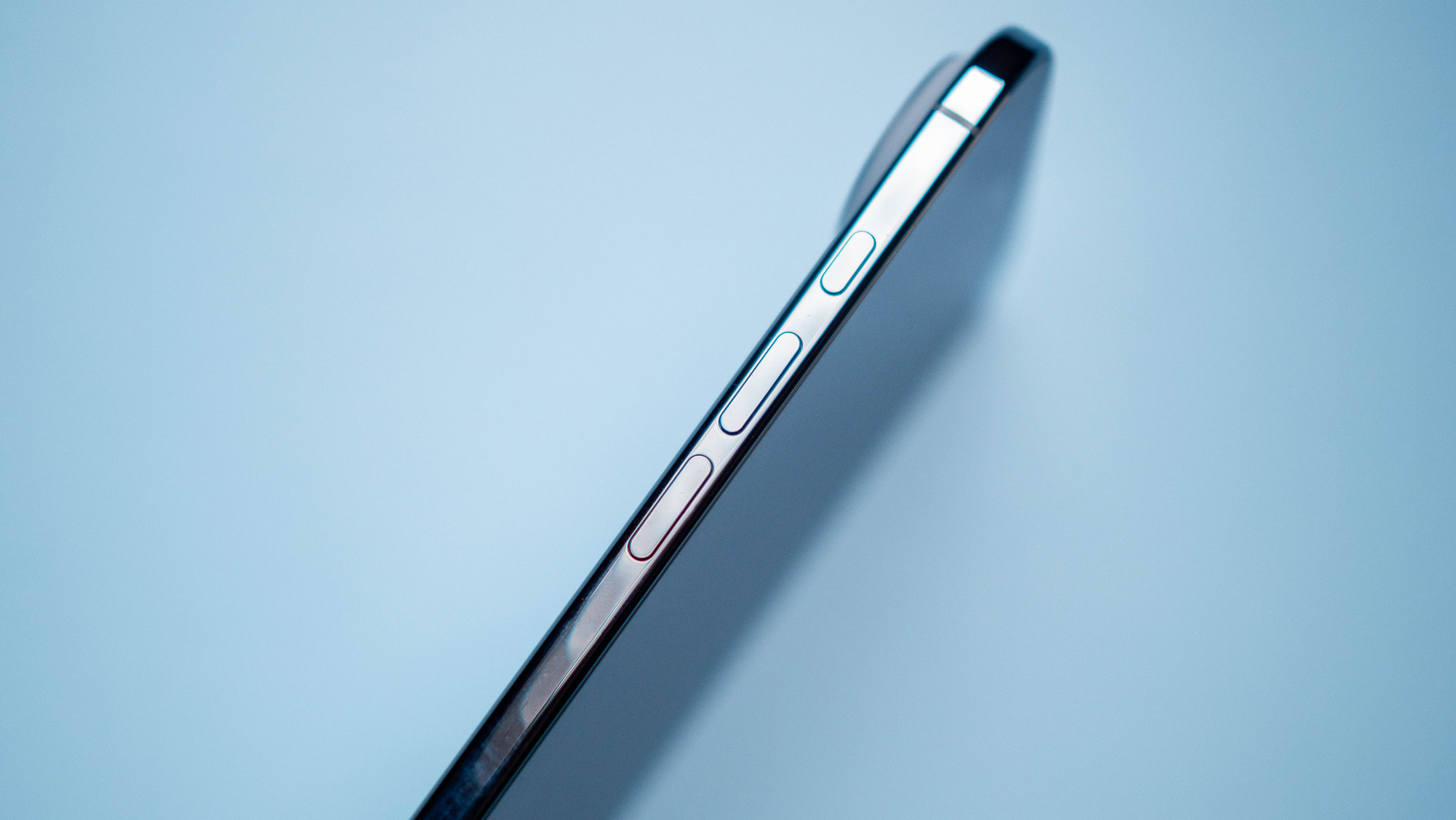
Design is obviously the biggest selling point of the Air, and the phone has a great in-hand feel. The frosted glass finish at the back also makes a difference in this regard, and you get the same set of buttons as the iPhone 17 Pro. The phone isn't anywhere as fragile as I initially imagined, and that should bode well for long-term use. While the iPhone 17 Pro switched over to aluminum, the Air retains a titanium chassis.
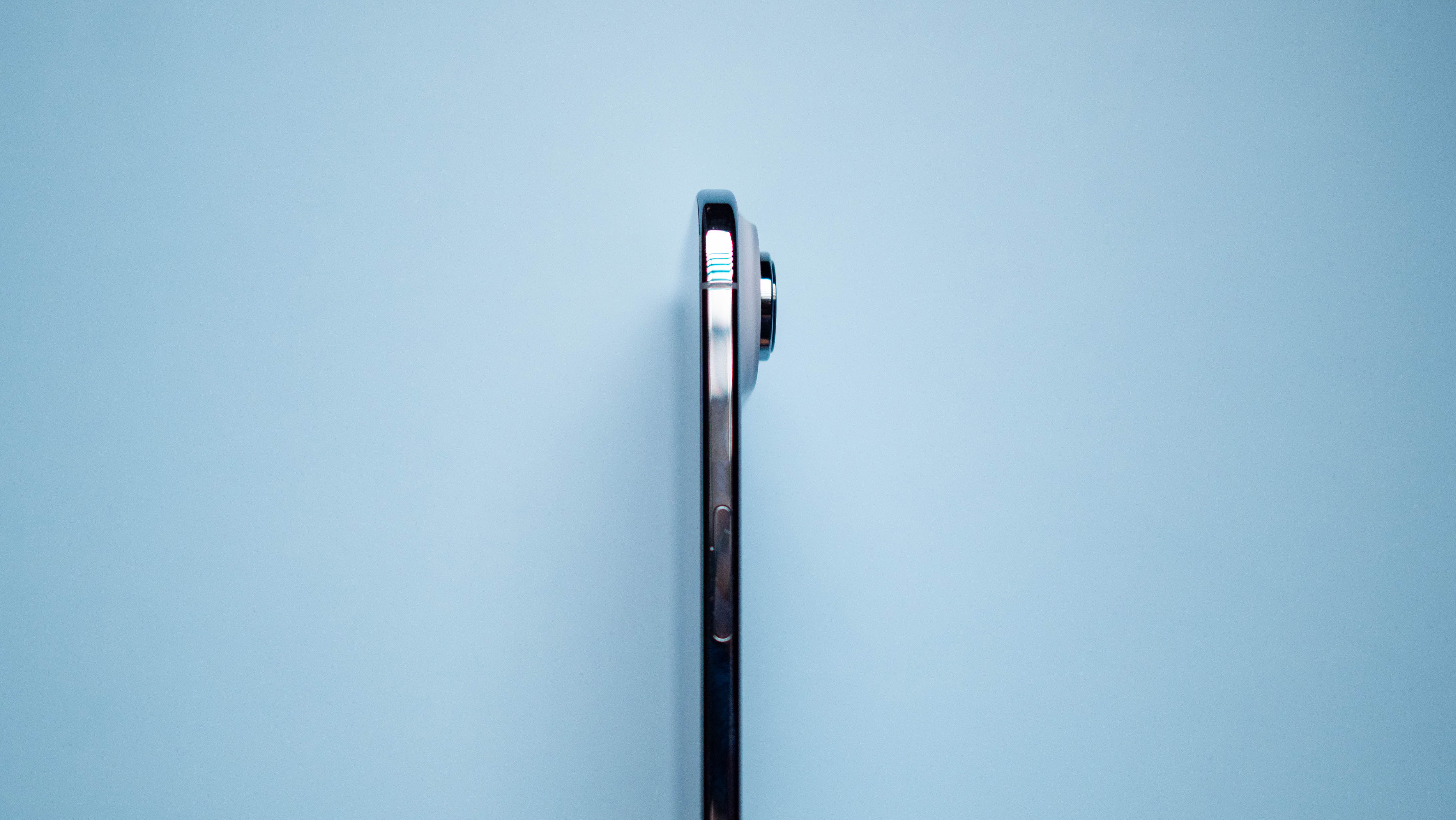
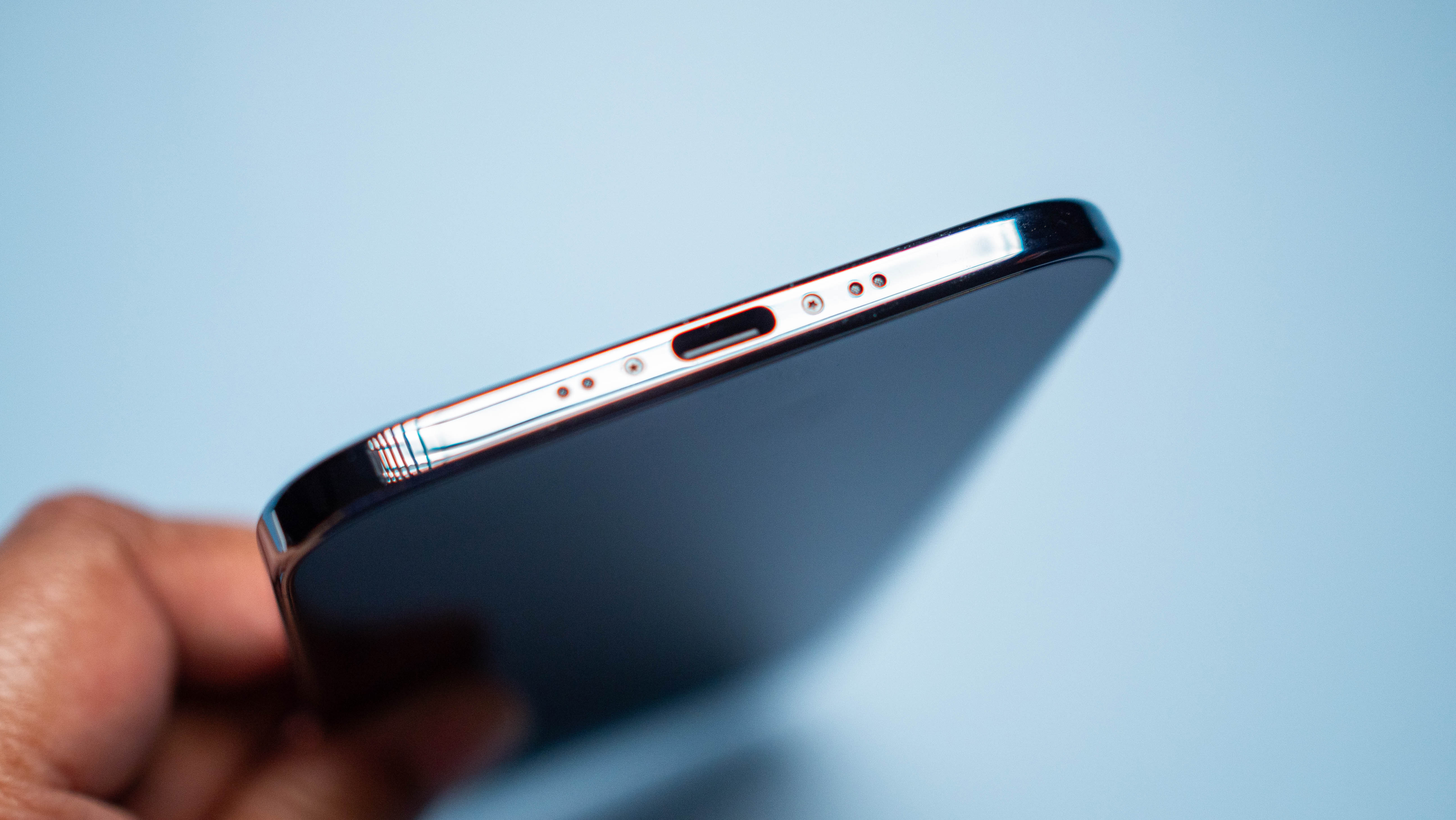
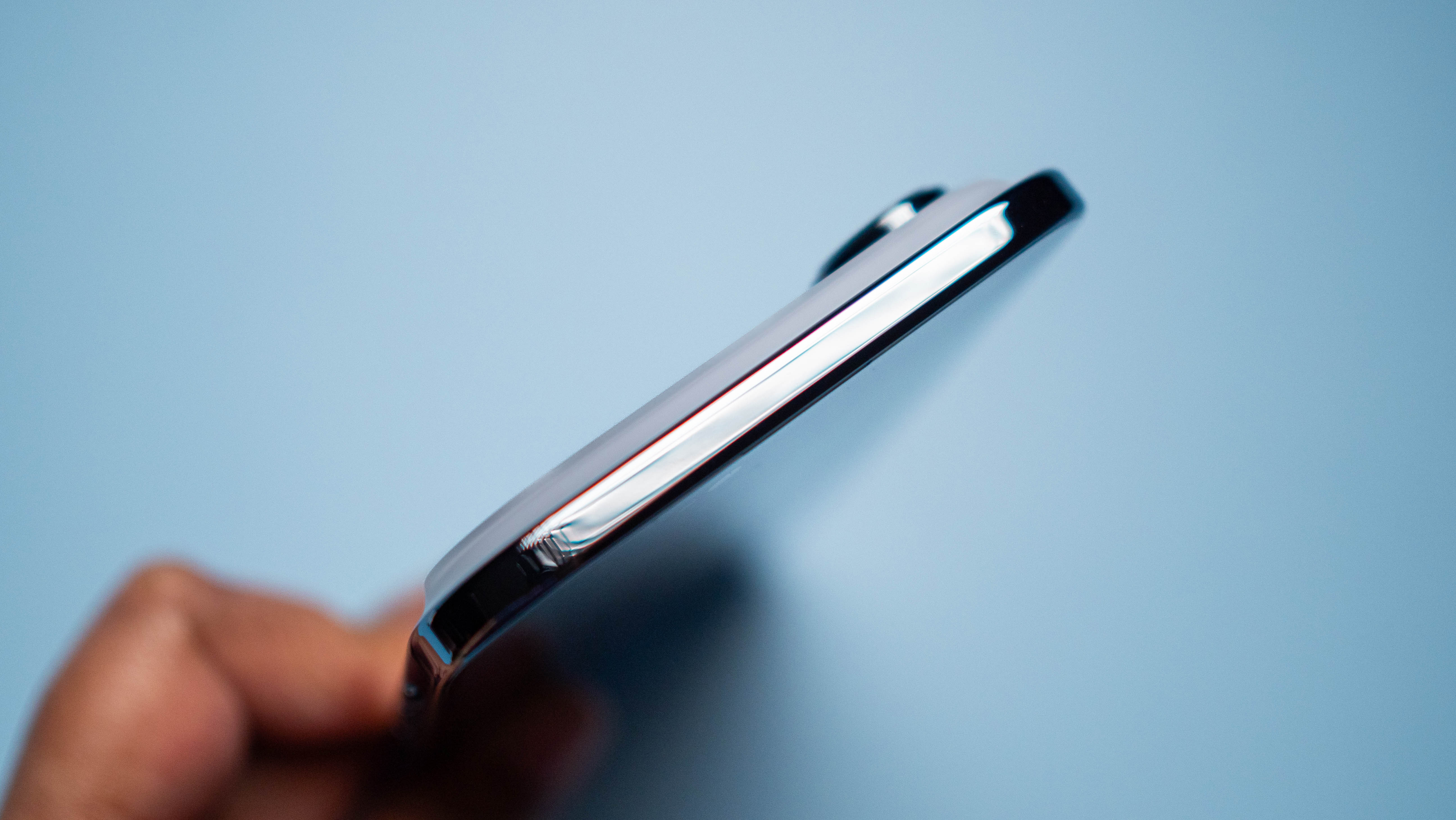
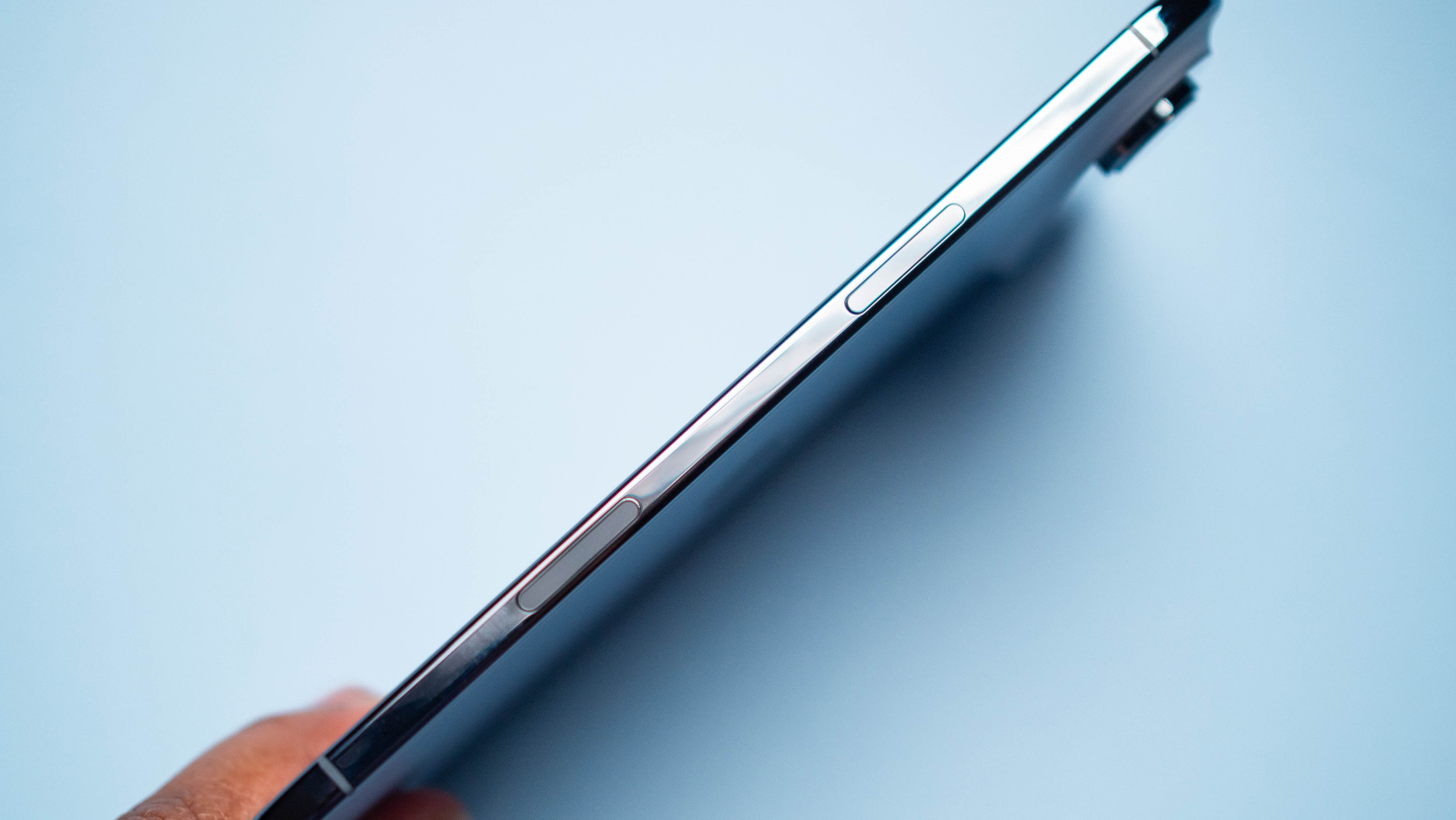
The iPhone Air has a 6.5-inch OLED screen with LTPO tech, and it is the exact same panel used in the iPhone 17 Pro, albeit a little bigger. You get the same great color vibrancy and excellent contrast, and it holds up incredibly well under harsh sunlight thanks to the anti-reflective coating. It has ProMotion tech, so you get 120Hz refresh as standard, with the panel going down to 1Hz with static content.
Pro-grade internals
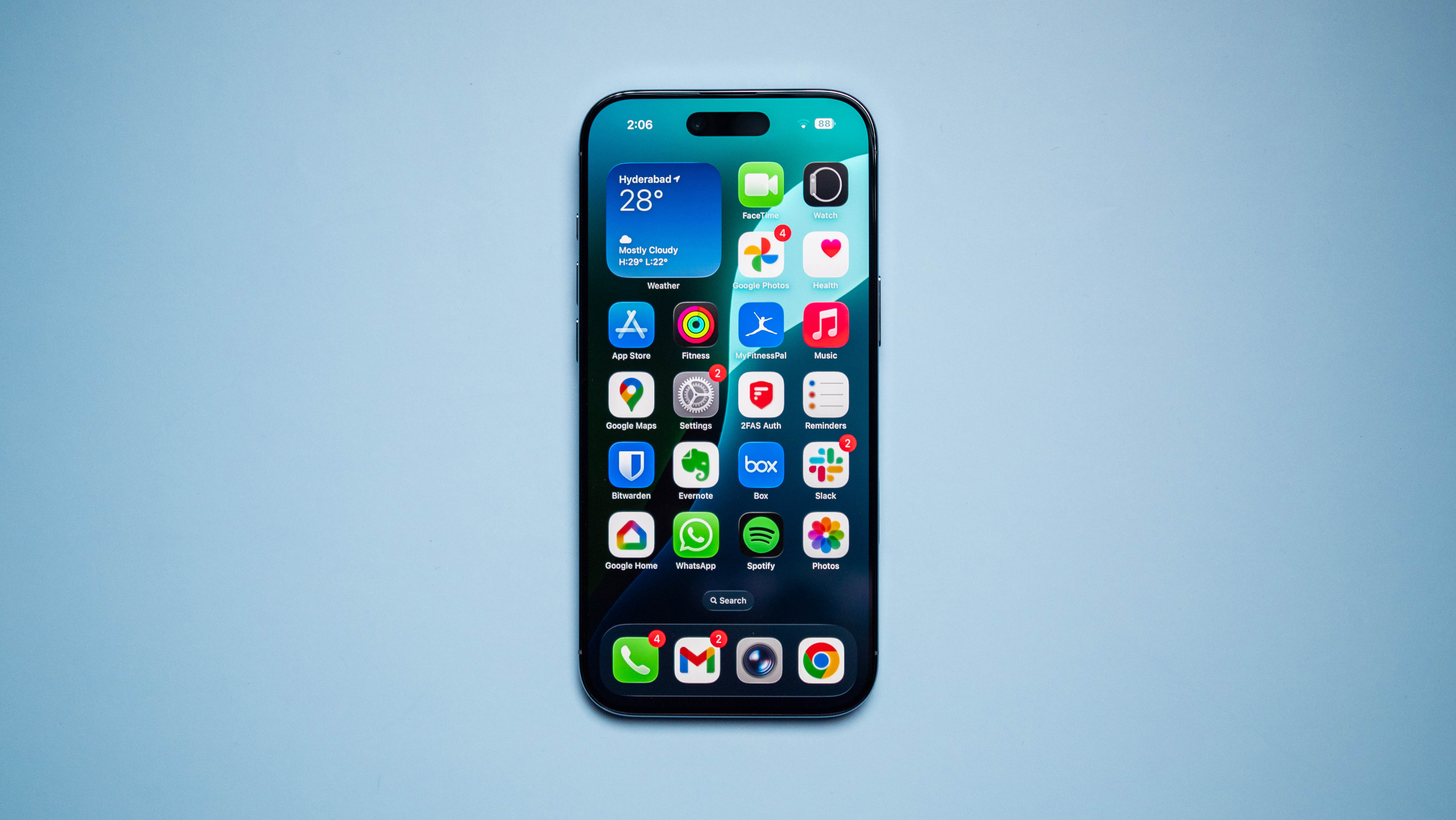
You don't miss out on the internals either, with the iPhone Air coming with the latest A19 Pro silicon. The situation with the modem is interesting; Apple is using the C1X modem — a derivative of the C1 that debuted on the iPhone 16e — in the device, and it handles 5G connectivity alongside Wi-Fi 7 and Bluetooth 6.0. The iPhone Air differs from the Pro models in this regard, with those devices using the N1 chip along with a Qualcomm cellular modem.
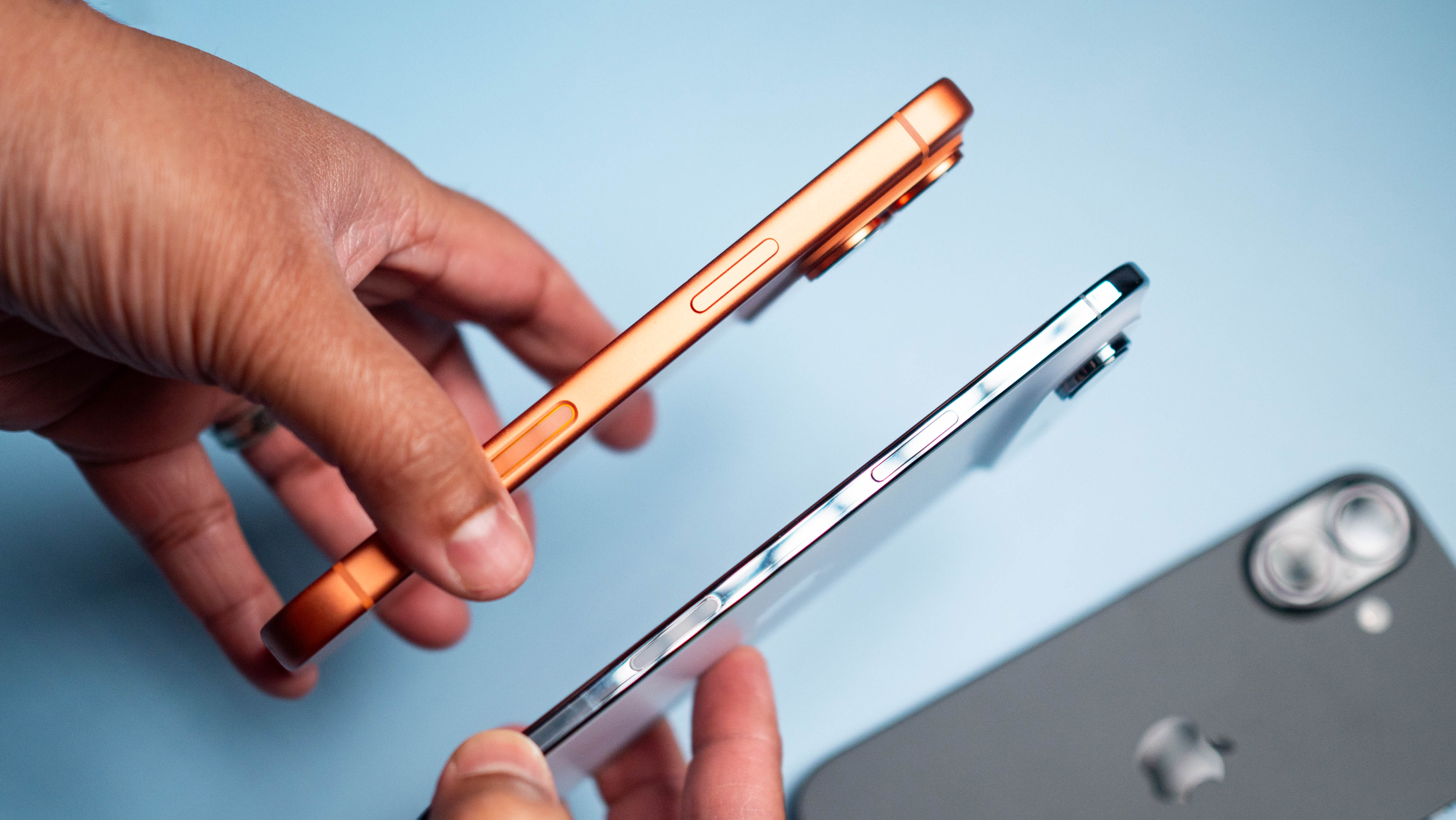
Another point of differentiation is that the iPhone Air is only available with eSIM — there's no model with a physical SIM card slot. Apple says it did this to maximize internal storage for the battery, and honestly, it isn't as limiting as I thought. I have a secondary number that I ported over to an eSIM, and it has been smooth setting it up on the Air.
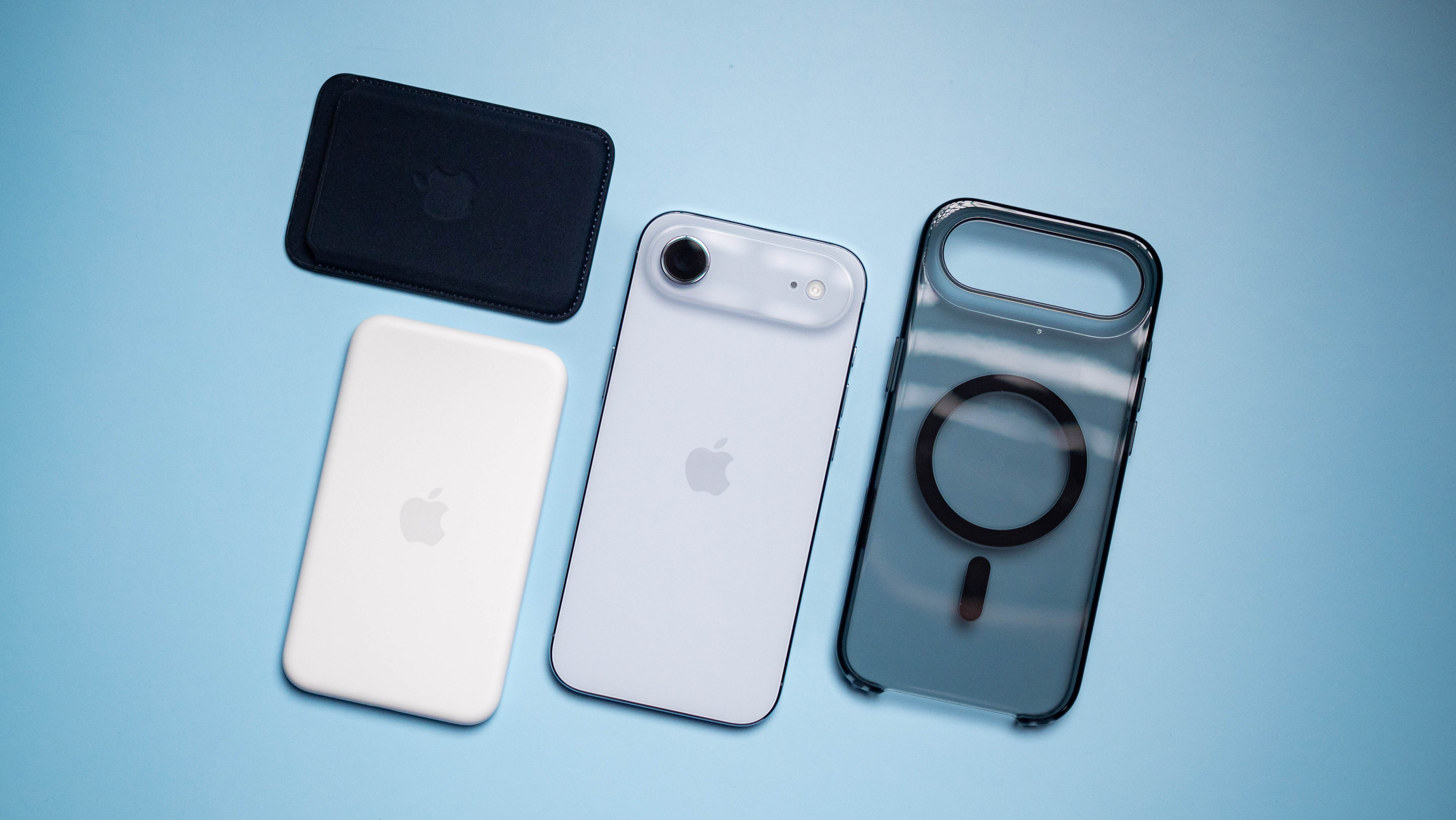
On that note, we need to talk about the battery. The iPhone Air comes with a 3,149mAh battery, and while it is decent in the context of iPhones, it doesn't last all day in my use. I had to top it up around evening time with a power bank (I'm partial to UGREEN's Nexode 165W power bank with a retractable cable), and while it isn't an issue when I'm home, I wouldn't want to take the iPhone Air while traveling.
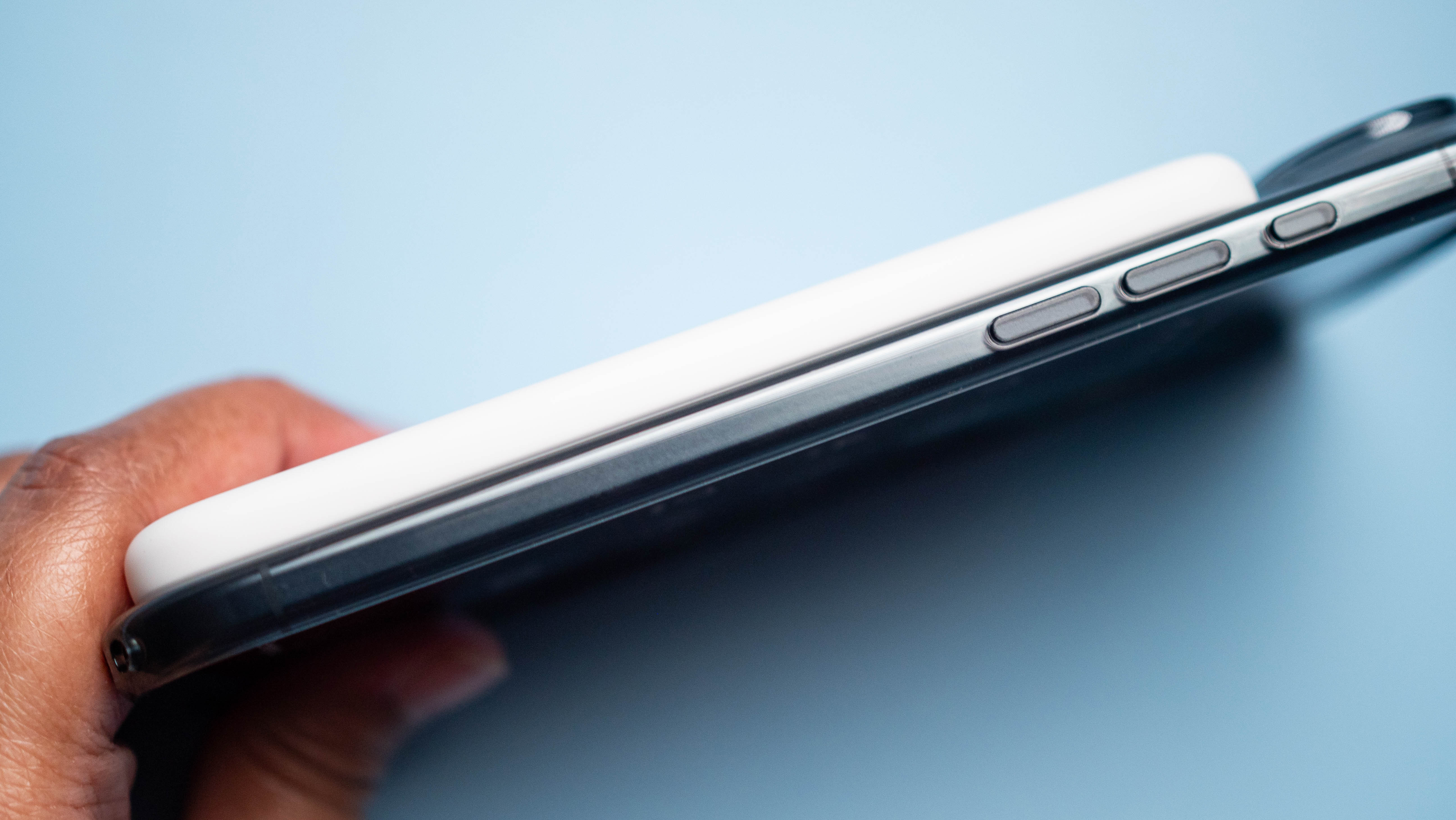
Battery anxiety is not a thing these days, with most phones managing to last a day without any problem. Most Android phones like the Vivo X200 Pro and Find X8 Pro last a day and a half even with heavy use thanks to 6,000mAh batteries, but even the iPhone 17 Pro manages to last a day consistently. However, the thinner size of the iPhone Air precludes it from doing so, and if you're a heavy user like me, you will be plugging it in before the end of the day.
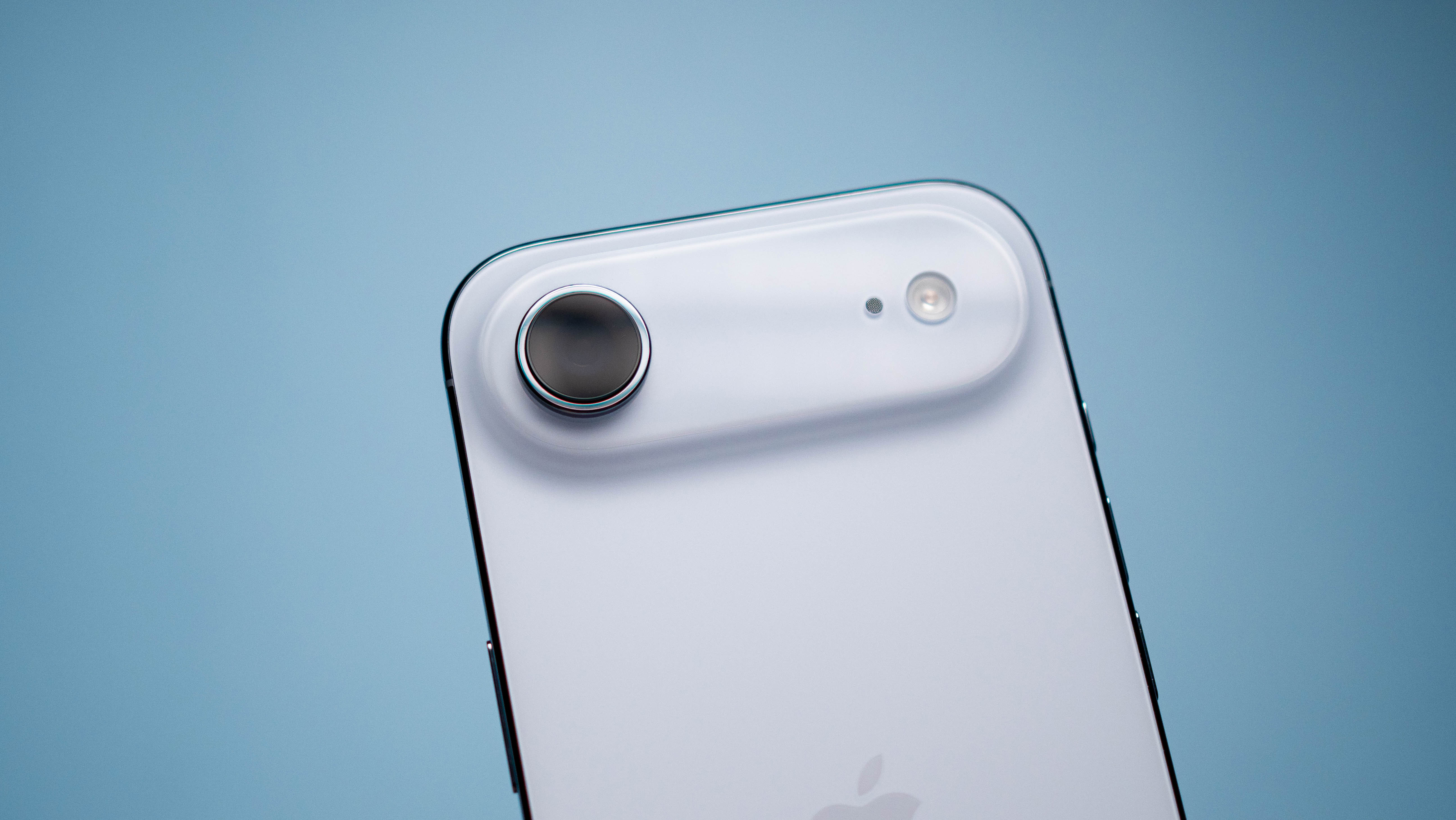
Another consideration is the camera; the iPhone Air has a single 48MP camera at the back, and it takes good photos and videos. It may not be at the same level as Android flagships, but it delivers images with good colors and dynamic range, and it holds its own in low-light situations. The problems is the lack of auxiliary cameras; I use the 2x and 3x lenses regularly, and I often rely on these modules to shoot portrait shots. Not having the ability to do that on the Air is limiting.
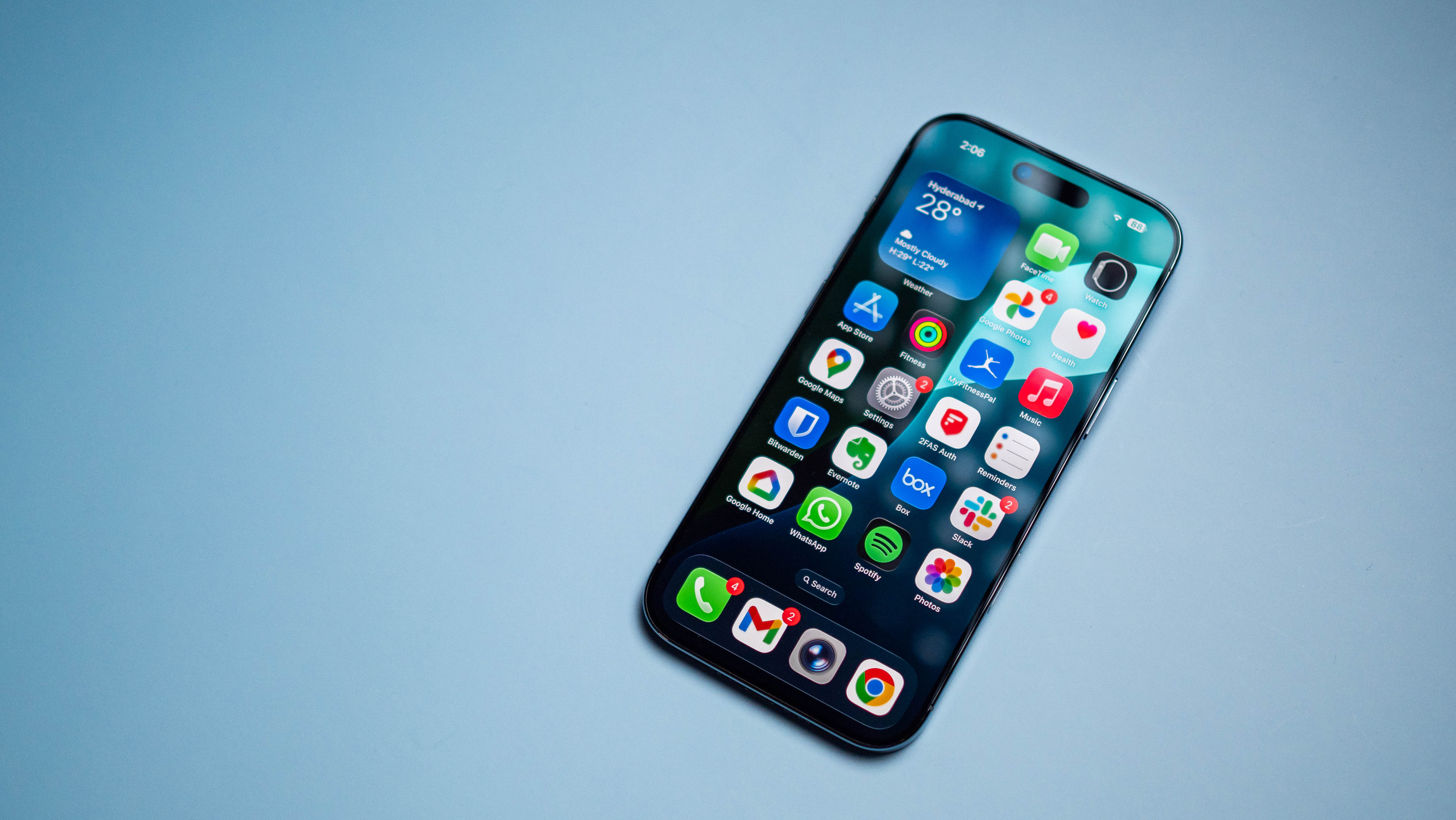
That said, the front 18MP camera is the same as the iPhone 17 Pro, and it is fantastic. It uses a square module and switches orientation on the fly, so if you end up taking a lot of selfies, there's a lot to like here. The software is similarly identical to the Pro models, and I like the new visual design.
It's not for everyone— and that's okay
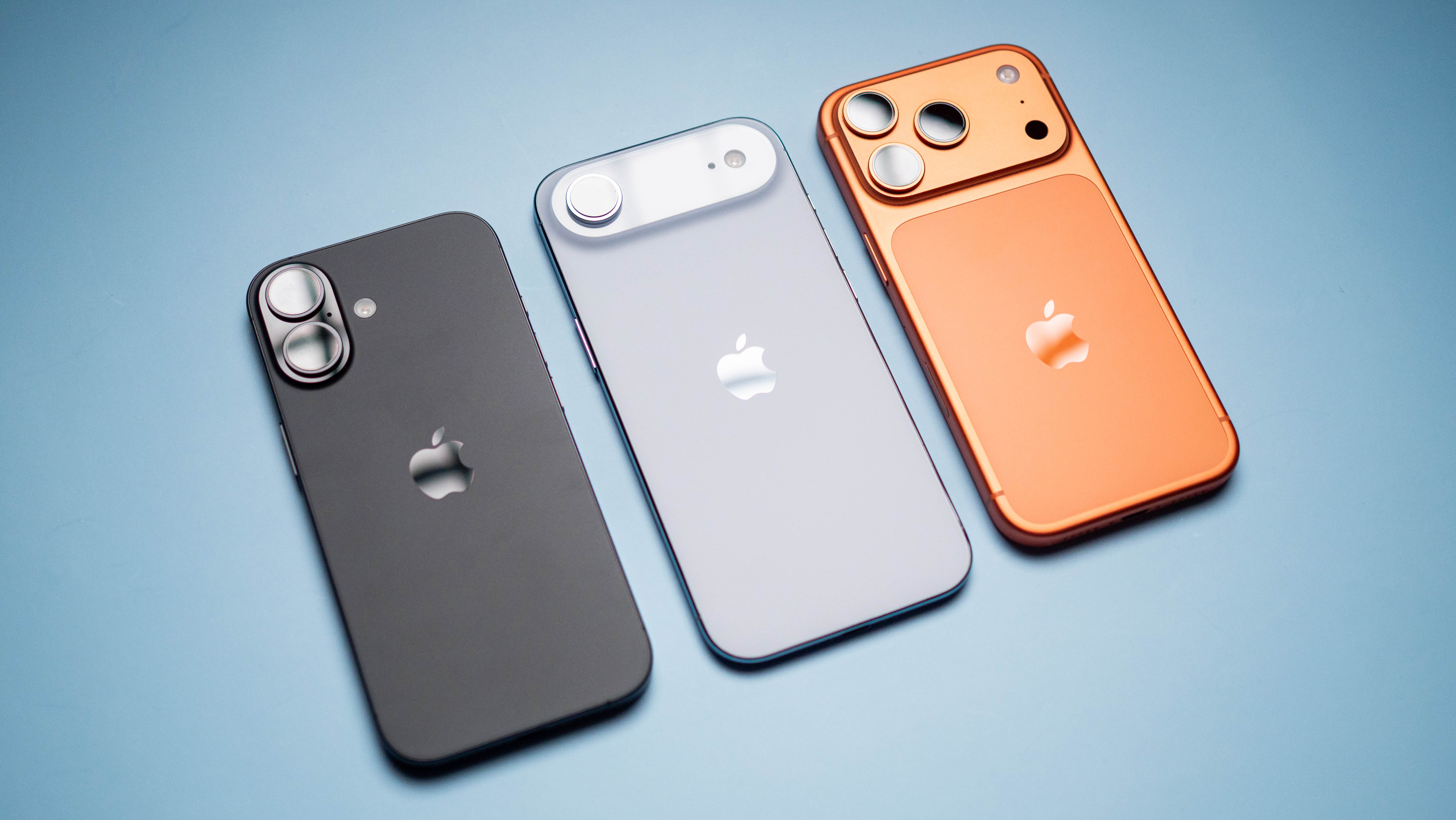
Ultimately, the iPhone Air isn't meant for everyone. There are always going to be tradeoffs in a new product line, and with the iPhone Air, those include a single camera and average battery life. I've been carrying an iPhone alongside my Android phone for several years now, so the fact that the iPhone Air doesn't last as long doesn't bother me anywhere as much.
But if you're eyeing this as an upgrade to your existing iPhone, you'll need to factor in the downsides before purchasing it. If you routinely take photos and videos and need added versatility, you should just get the iPhone 17 Pro. But if you don't mind the single camera and are willing to deal with the average battery life, then the Air is a much more enticing option than the mainline iPhone 17.
The iPhone Air isn't designed to the best iPhone — it isn't even the best iPhone I used in the last two weeks — but it is my favorite.
An ultra-sleek design combined with powerful internals makes the iPhone Air one of the most exciting iPhones in a long time.







